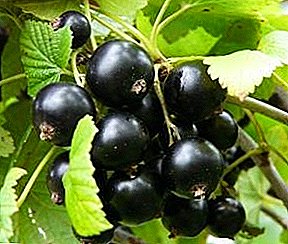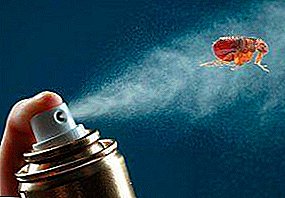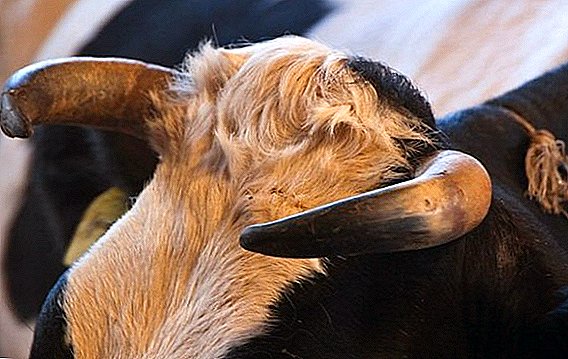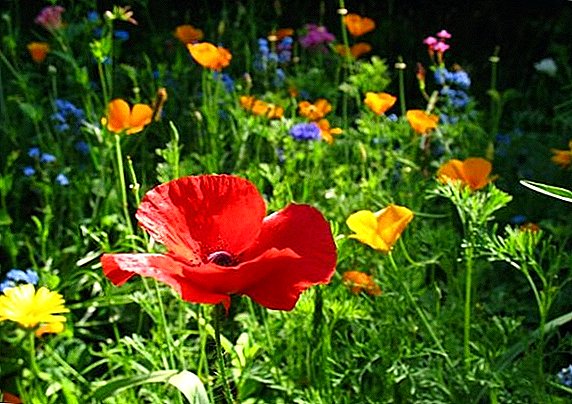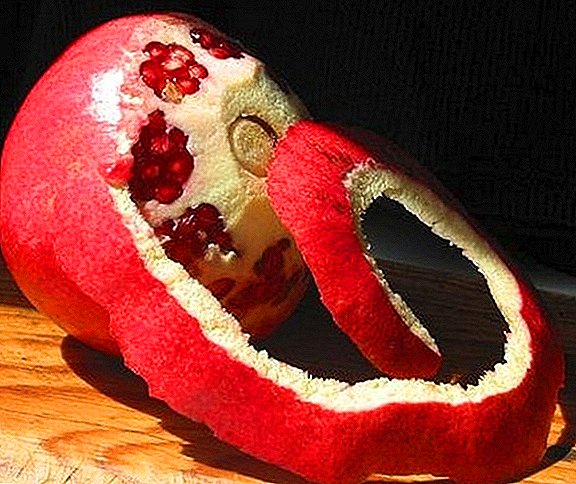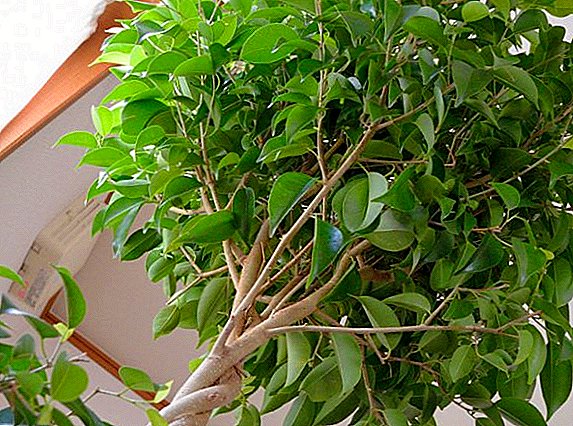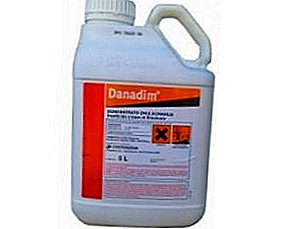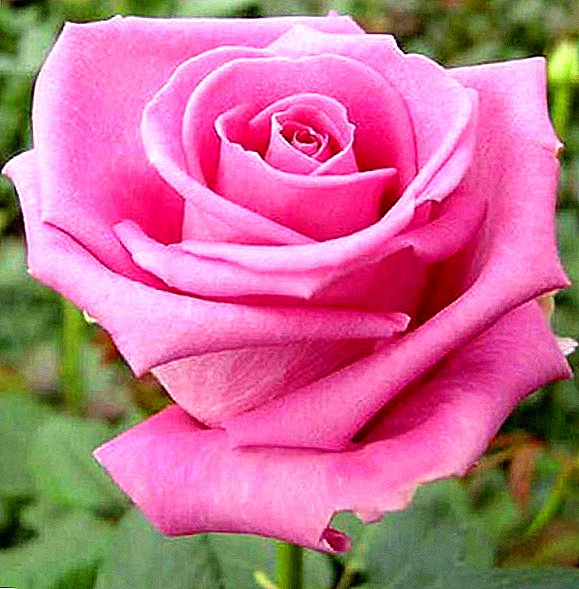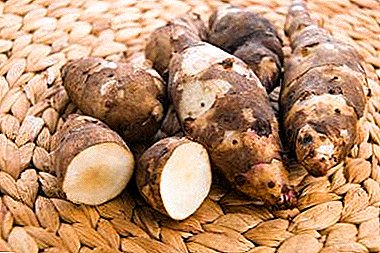
Jerusalem artichoke - a plant with unique features. In its tubers micro and macro elements are ideally balanced. The use of Jerusalem artichoke in food contributes to the absorption of selenium, a beneficial effect on cholesterol in the human body. The chemical composition of the plant is quite different from other vegetables.
You can list all his positive qualities for a long time, thanks to which gardeners acquire this plant. Planting and maintenance also do not create big problems.
Features of the procedure
- It is planted with tubers in exactly the same way as potatoes.
- It adapts to any soil.
- Autumn is considered the ideal time for planting in the southern regions, spring in the north.
Next to what and after what to plant?
Fruit trees are considered the best neighbors for Jerusalem artichoke. It is possible to plant this plant after any garden crops, the main thing is that the soil is sufficiently loose and drained.
How to choose the tubers and seeds?
 Whichever method is chosen for planting, it must be borne in mind that the planting material must be healthy, free from diseases and pests:
Whichever method is chosen for planting, it must be borne in mind that the planting material must be healthy, free from diseases and pests:
- various kinds of root rot;
- nematodes;
- aphids.
Tubers need to choose even, not large. The ideal size for planting tubers is with a chicken egg. If the tuber is large, it can be cut into several pieces. The only condition is that each part must have at least three eyes. Sections must be treated with charcoal.
The difference in growing at the cottage and at home
Jerusalem artichoke at home can be grown from seeds or eyes. But the plant then always planted at the dacha. Seed planting method is very difficult. It is used mainly experienced breeders, as this requires certain skills.
How can you plant an earthen pear?
- Rassadny. Allows you to increase the vegetation period of the plant by almost a month, that is, this way you can get a harvest much earlier. In the nursery, the plant is easier to protect against pests. This method is most often used in large-scale production. It will be indispensable for a temperate climate.
- Seedless. This method takes much less time and effort. For him there is no need to build a greenhouse or other covering structure. The disadvantage is that seedless way does not guarantee timely and friendly shoots.
- Seminal. Pretty hard way for amateur gardeners. It is suitable for more breeders for new species.
- Tubers. Basically Jerusalem artichoke planted by this method. No special conditions are required for it, the plant takes root very quickly and without much hassle.
Step-by-step instruction
Jerusalem artichoke has a great growth force. Treats unpretentious plants. Thanks to these qualities, he quickly supersedes the native species. It forms shoots that penetrate the territory of neighboring plants, where it grows tubers. Within a year, powerful shoots grow from them, shading the flowers growing nearby. After some time, the invader subjugates the entire territory, and the local plants have no choice but to give up their place.
Time
Plant culture can be both in spring and autumn. Topinambur is planted since the end of April, it is possible in early May in the northern regions of the Russian Federation. In autumn - in the southern regions of the Russian Federation.
Soil preparation in the fall and spring
 For planting Jerusalem artichoke is best suited enough fertilized light loam. The pH value should be in the range of 6.0-7.5.
For planting Jerusalem artichoke is best suited enough fertilized light loam. The pH value should be in the range of 6.0-7.5.
Before planting Jerusalem artichoke, it is very important to properly prepare the ground. Preparation begins in the fall, is to fertilize the soil with compost or manure.
The main treatment starts at the time of planting, therefore digging the ground too hard wherever it is planned to plant a crop in spring. You can leave for the winter lumps of soil.
Material preparation
Experienced gardeners recommend soaking topinambur in Zircon solution before planting. This helps the tubers to move more actively and grow faster.
Choosing a place
Jerusalem artichokes are grown in production as an annual crop. The plant forms a large biomass, therefore for its cultivation it is necessary to choose a fertile area with loose soil. Jerusalem artichoke is a light-loving plant, so it should be grown in a well-lit place or with a slight shade.
Important! Planting Jerusalem artichoke is better along the hedge, since even careful cleaning of Jerusalem artichoke in the ground cannot guarantee its complete eradication.
Growing pattern
To plant topinambur need rows, keeping between them the distance from 60-80 cm. In the row, the distance between plants should be 30-40 cm. Despite the fact that Jerusalem artichoke is able to displace any weeds, in the first stages of cultivation it is necessary to clean the soil from green aggressors. It is impossible to prevent the growth of wheat grass and sow thistle.
Seeds
 Seeds are planted in containers. The soil should be loose and well absorb moisture. Stagnant water must not be allowed. Seeds are planted in the soil to a depth of about 7 cm. The soil must be watered.
Seeds are planted in containers. The soil should be loose and well absorb moisture. Stagnant water must not be allowed. Seeds are planted in the soil to a depth of about 7 cm. The soil must be watered.
It is advisable to organize a greenhouse by closing the container with a lid or film. Topinambur put on a warm, bright place. This method takes more time and effort, because later in spring you will have to plant the sprouts.
Tubers
 It is very important to know at what depth to plant the tubers. The future harvest depends on it. Typically, Jerusalem artichokes are grown in special trenches, the depth of which is not more than 15 cm. Planted tubers should be sealed with a small rake, in order not to accidentally damage the tuber.
It is very important to know at what depth to plant the tubers. The future harvest depends on it. Typically, Jerusalem artichokes are grown in special trenches, the depth of which is not more than 15 cm. Planted tubers should be sealed with a small rake, in order not to accidentally damage the tuber.
In the first weeks after planting, the land must be loosened.This will help create optimal aeration. Approximately in 2-3 weeks shoots will appear. Once they have reached a height of 40-50 cm, they should be engaged in hilling. By the time you reach 80-100 cm, Jerusalem artichoke needs to be tied up.
Possible problems and difficulties
Planting Jerusalem artichoke - not a difficult task, as this perennial plant is unpretentious and can take root in any conditions. The only thing that Jerusalem artichoke does not like is overwetting the soil. The plant may begin to wither, slugs and snails will appear, which will eat the leaves that have appeared.
Horticulturists grow unsported Jerusalem artichoke with white skin for personal use. With one such plant, you can get a maximum of 2 kg of tubers. If there is such an opportunity, it is better to purchase a varietal topinambur, which gives greater yield.


